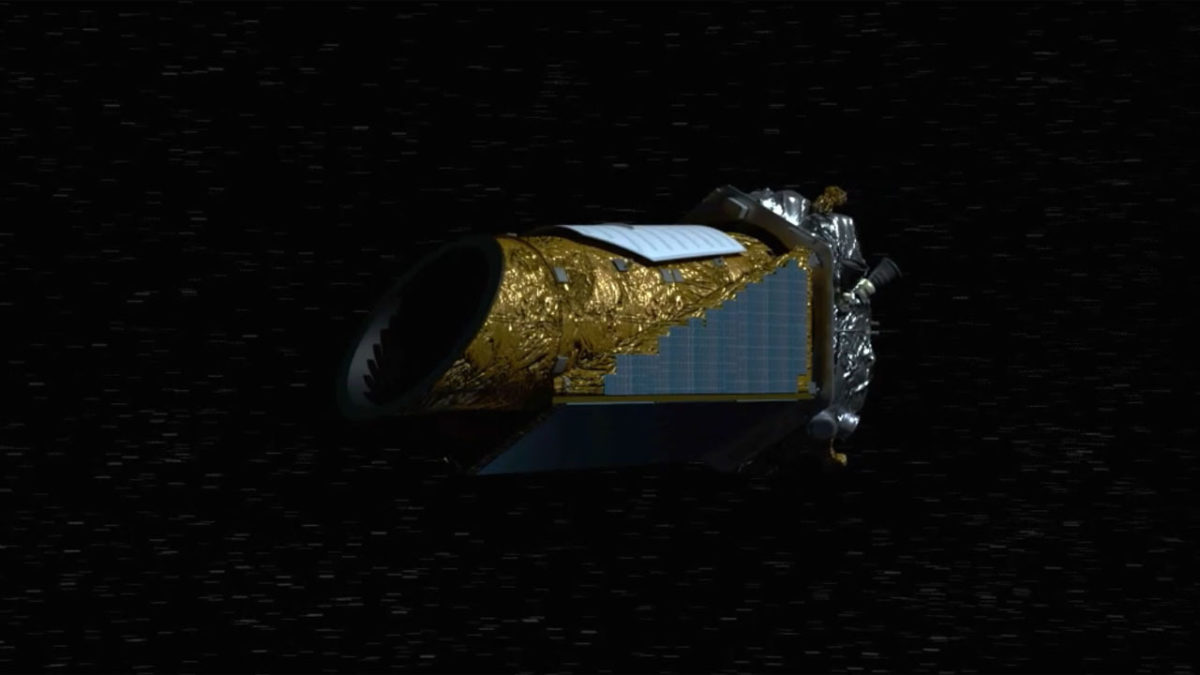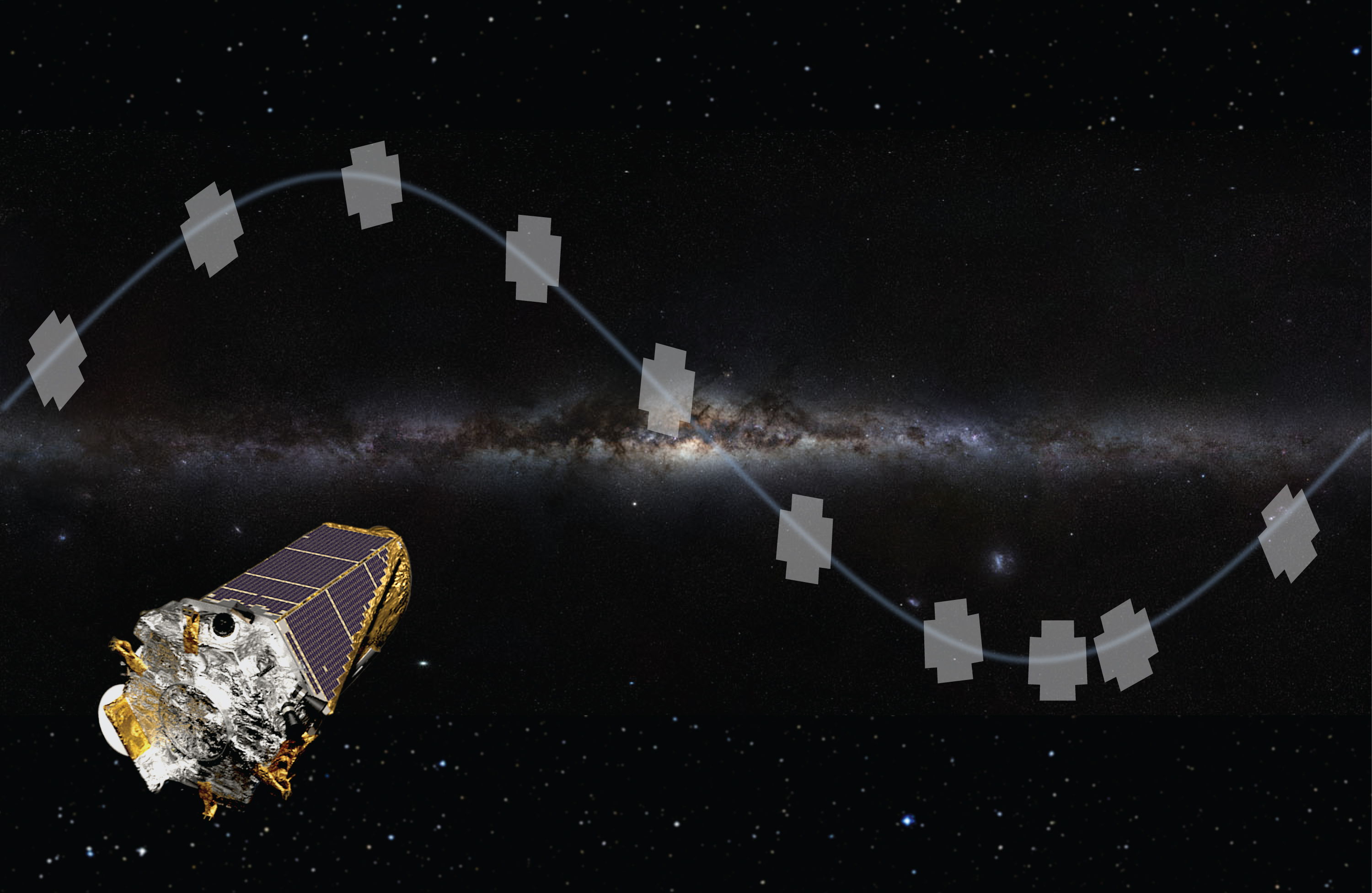
The 150,000 stars that the telescope was observing were very distant, in the range of a few hundred to a few thousand light-years away. While Kepler provided remarkable answers to questions about the overall planetary makeup of our galaxy, it did not identify smaller planets that will be directly imaged, the evolving gold standard for characterizing exoplanets. We saw lava worlds and water worlds and disintegrating planets and heart-beat stars and supernova shock waves and the spinning cores of stars and planets the age of the galaxy itself… all from those dots.” We’d never looked at the Universe quite this way before. “You’d be hard-pressed to come up with a more boring mandate - to unblinkingly measure the brightnesses of the same stars for years on end. “When I think of Kepler’s influence across all of astrophysics, I’m amazed at what such a simple experiment accomplished,” she wrote in an email. Natalie Batalha was the project and mission scientist for Kepler for much of its run, and I asked her about its legacy. So far, more than 2,500 peer-reviewed papers have been published using Kepler data, with substantial amounts of that data still unmined. The discovery of these compact systems, generally orbiting a red dwarf star, raised questions about how solar systems form: Are these planets “born” close to their parent star, or do they form farther out and migrate in? It found solar systems of all sizes as well, including some with many planets (as many as eight) orbiting close to their host star. And what menagerie of planets it found out there.Īmong the greatest surprises: The Kepler mission provided data showing that the most common sized planets in the galaxy fall somewhere between Earth and Neptune, a type of planet that isn’t present in our solar system. In addition it found that small, terrestrial-size planets are common as well, with some 20 to 50 percent of stars likely to have planets of that size and type. Not only did it prove that exoplanets are common, it found that planets outnumber stars in our galaxy (which has hundreds of billions of those stars.) While Kepler did not find the first exoplanets - that required the work of astronomers using a different technique of observing based on the “wobble” of stars caused by orbiting planets - it did change the exoplanet paradigm substantially. The space telescope was launched in 2009.

#Kepler space telescope full
“Now that we know planets are everywhere, Kepler has set us on a new course that’s full of promise for future generations to explore our galaxy.” “When we started conceiving this mission 35 years ago we didn’t know of a single planet outside our solar system,” Borucki said. When he began thinking of designing and proposing a space telescope that could potentially tell us how common distant exoplanets were - and especially smaller terrestrial exoplanets like Earth – the science of extra solar planets was at a very different stage. Kepler was initially the unlikely brainchild of William Borucki, its founding principal investigator who is now retired from NASA’s Ames Research Center in California’s Silicon Valley. Its discoveries have shed a new light on our place in the universe, and illuminated the tantalizing mysteries and possibilities among the stars.” “Not only did it show us how many planets could be out there, it sparked an entirely new and robust field of research that has taken the science community by storm. “As NASA’s first planet-hunting mission, Kepler has wildly exceeded all our expectations and paved the way for our exploration and search for life in the solar system and beyond,” said Thomas Zurbuchen, associate administrator of NASA’s Science Mission Directorate in Washington. And that’s why the Kepler will indeed live long in the world of space science. It also provided data for thousands of papers exploring the logic and characteristics of exoplanets. Before Kepler this was speculated, but now it is firmly established thanks to the Kepler run. While the sheer number of exoplanets discovered is impressive the telescope did substantially more: it proved once and for all that the galaxy is filled with planets orbiting distant stars.

This is after nine years of observing, after a malfunctioning steering system required a complex fix and change of plants, and after the hydrazine fuel levels reached empty. NASA officials announced on Tuesday that the pioneering exoplanet survey telescope - which had led to the identification of almost 2,700 exoplanets - had finally reached its end, having essentially run out of fuel.


 0 kommentar(er)
0 kommentar(er)
